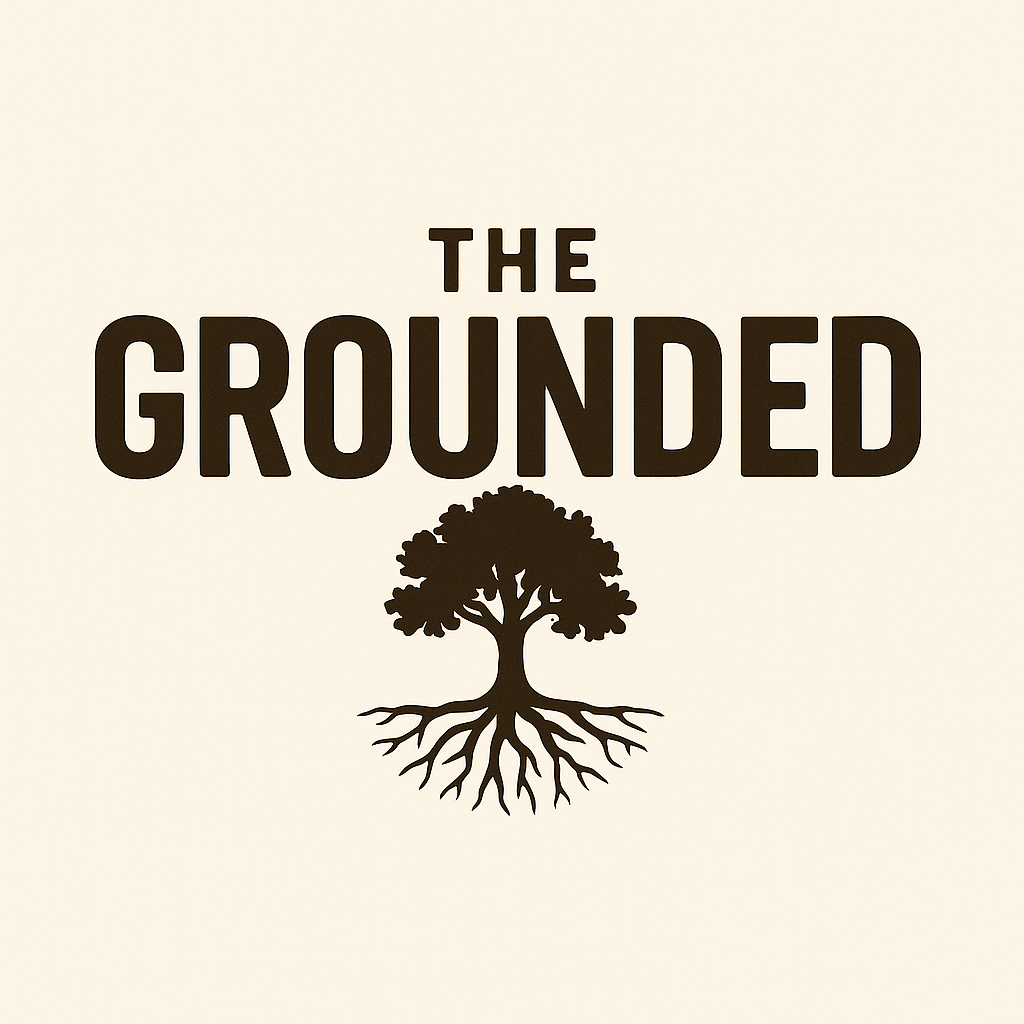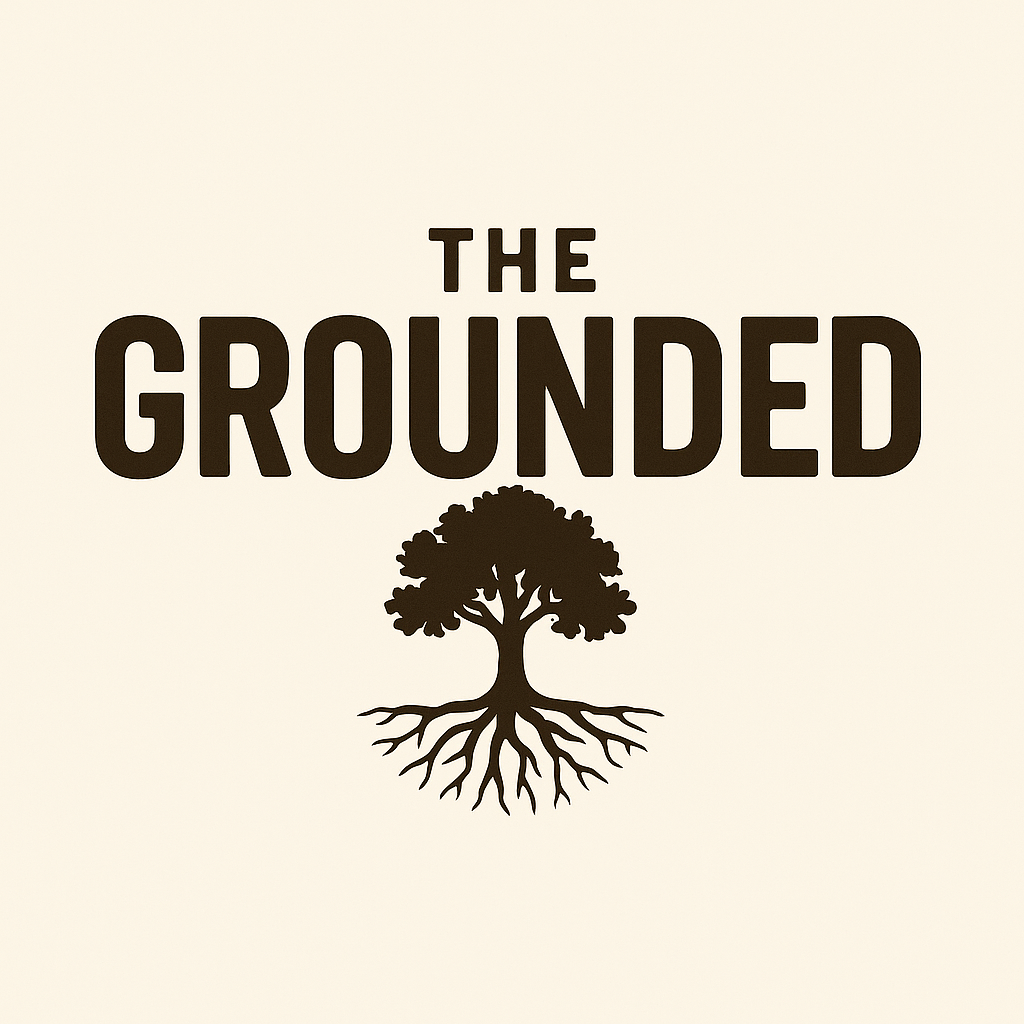The Algorithm at the End of the World

By Matt Stone
ABC News published a satellite image of Kumia, Sudan. It shows what appears to be a pile of humans lying in a giant pool of blood, a massacre, a blackened sprawl of bodies captured by none other than Google Earth, while at the top of the frame the interface still cheerfully suggests Restaurants · Hotels · Attractions.
That one line of UI says everything about the 21st century. We have built technology that can see the world in real time but cannot feel a thing. The same algorithm that helps you find tacos after yoga also renders genocide as an interesting patch of brown pixels. It does not blink. It does not flinch. It just loads.
Somewhere in Sudan, people are being slaughtered, and our digital systems are still trying to help tourists find a good deal on a room with free Wi-Fi. We do not design these systems to care. We design them to keep us comfortable. To soften every blow, to keep the interface bright and frictionless even when the reality beneath it is unspeakable.
It is not Google’s fault. It is ours. We taught the machine to pretend everything is fine. We trained it on convenience, not conscience. Every “rate your experience” box, every pastel navigation banner, every suggestion to “explore nearby” quietly reminds us that the world is not meant to be grieved. It is meant to be consumed.
We scroll past famine, filter war through hashtags, and react to genocide like it is another trending topic. The app keeps smiling because it is built to. It offers us escape routes to normalcy: “See photos,” “Get directions,” “Call now.” Humanity, meanwhile, is buffering.
Kumia is not a metaphor. It is a real place where real people are dying, in the dark, off the trending page, while our machines keep optimizing the experience. The algorithm at the end of the world will not mourn us. It will simply recommend the nearest attraction.
If Grounded means anything, it is this:
We have to look.
We have to name what we see.
We have to resist the comfort of the interface.
Truth is not user-friendly. But it is the only way back to being human.
Fact Check: Verified Information
All information independently verified by Human Rights Watch, Amnesty International, and Yale University’s Humanitarian Research Lab.
Location
Kumia is a village in East Darfur, Sudan. The area has seen repeated clashes between the Sudanese Armed Forces (SAF) and the Rapid Support Forces (RSF), along with ethnically targeted attacks against civilians.
Current Situation
According to Human Rights Watch, Amnesty International, and satellite analyses by Yale University’s Humanitarian Research Lab, atrocities consistent with ethnic cleansing and mass killings have taken place across Darfur since 2023. Civilians, especially the Masalit ethnic group, have been systematically targeted.
- Human Rights Watch (June 2024) documented crimes against humanity in El Geneina and surrounding areas, including the killing of thousands of civilians by RSF and allied militias.
- Yale Humanitarian Research Lab (July 2024) confirmed evidence of mass graves and widespread village destruction through satellite imagery.
- Amnesty International (August 2024) verified reports of sexual violence, executions, and mass displacement.
Estimated Toll
The United Nations reports more than 15,000 people killed and over 10 million displaced since the conflict began in April 2023. Nearly two million have fled to neighboring countries.
Primary Sources
- Human Rights Watch, “Sudan: Ethnic Cleansing, Crimes Against Humanity in Darfur” (June 10, 2024)
- Amnesty International, “Sudan: Atrocities Continue as Darfur Burns Again” (August 2024)
- Yale HRL / U.S. Department of State, “Sudan Conflict Observatory” (2024)
- United Nations OCHA, Sudan Situation Reports (2024–2025)
Fact Verified | The Grounded
If you find a factual error in this article, prove it and collect $100. Journalism with skin in the game.


Comments ()